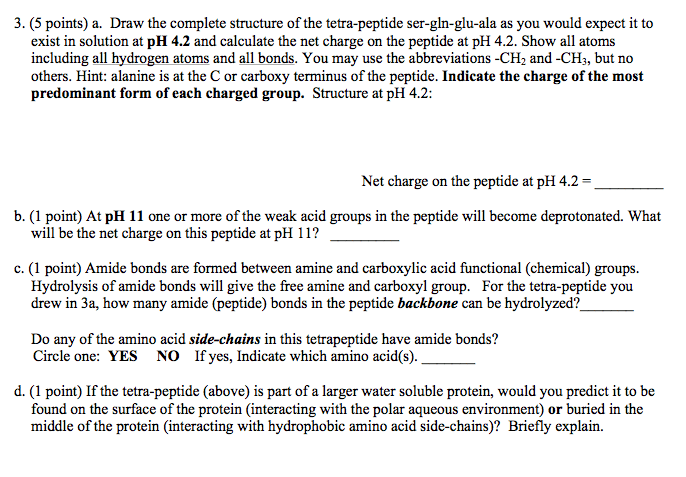Biochemistry 2280A Lecture Notes - Lecture 3: Peptide Bond, Column Chromatography, Protein Structure
Document Summary
Peptide bonds: amino acids are connected by peptide bonds to form a protein, peptide bond forms between -amino group of one amino acid and the -carboxyl group of another amino acid in a condensation rxn (water is removed) Protein structure: primary structure, the sequence of amino acid residues in the polypeptide chain. Involves only the covalent bonds (peptide bonds) linking residues together. 1: secondary structure, position of h bonds between amino acid residues in polypeptide backbone causes folding, destabilized by glycine, proline causes a kink, -sheet: Each residue forms two hydrogen bonds with a neighbouring polypeptide. Polypeptide chain folds back on itself so polypeptide strands lie side-by-side and are held together by hydrogen bonds, forming a rigid structure. Can be parallel or antiparallel: -helix: Helical arrangement of a single polypeptide chain. Every carbonyl is hydrogen bonded to an amine located 4 residues further on in the same chain. 3. 6 residues per turn, 0. 54nm per turn.



